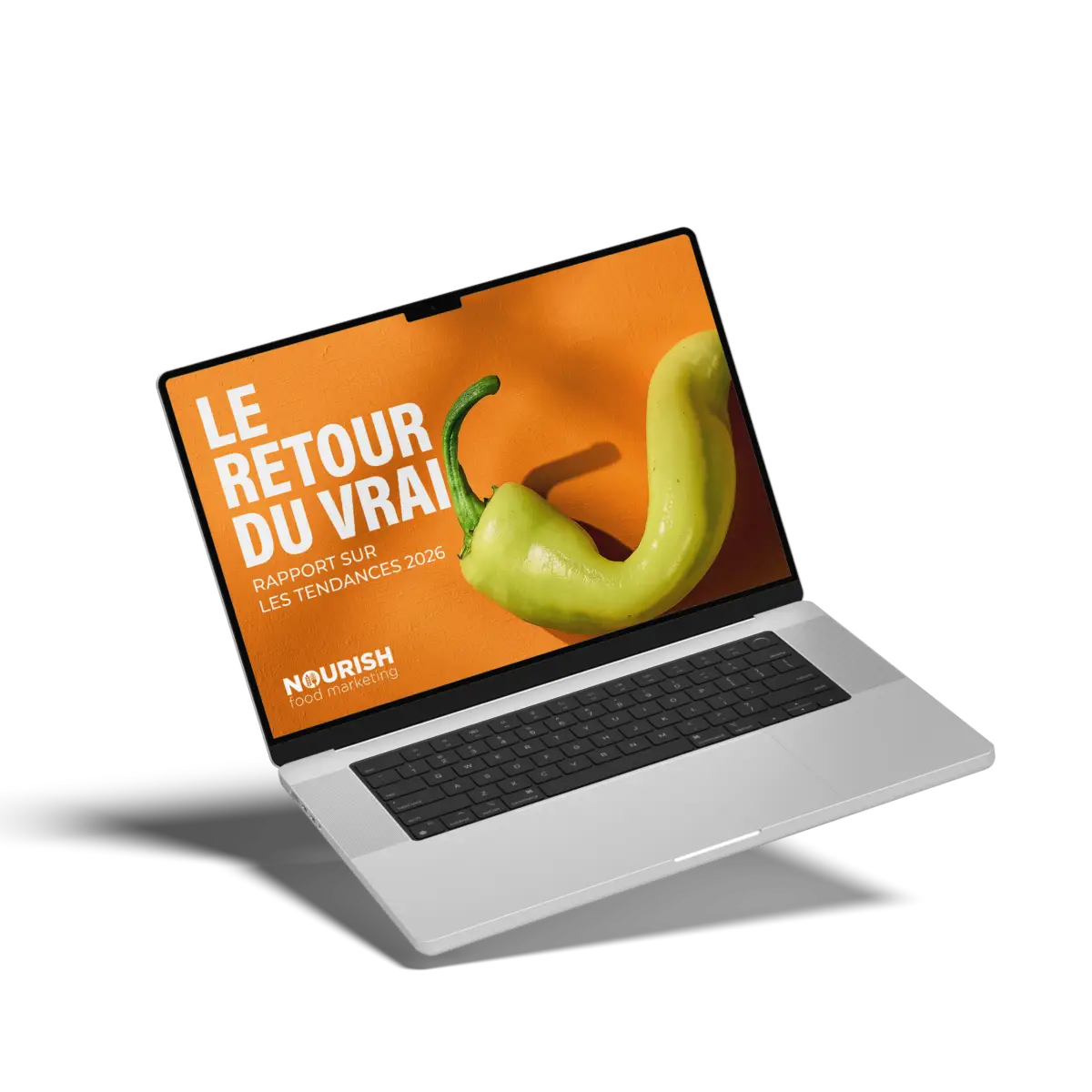As an addendum to the 2019 Nourish Trend Report, we’re taking stock of how the trends we foresaw and reported in our annual publication are panning out. In this edition, we’re looking at how both businesses and consumers are tackling the problems of waste in all aspects of the food industry.
Where once a “locally sourced” or “sustainably produced” label might have been enough to satisfy the mindful consumer, the public is increasingly aware of the food and packaging waste problem. Virtuous consumption is the next logical step, and producers who don’t step up and offer solutions may start to see their market eroding.
Big names in food are taking a bite out of plastic consumption
Forward-thinking A&W Canada became the first restaurant chain to move to compostable paper straws. They cleverly announced this change by using the last of their plastic straws to make a sculpture at Toronto’s Union Station. This is a company that seems to be doing everything right lately.
As part of its vision to achieve a waste-free future, Nestlé announced that it is making Smarties packages plastic-free as part of its commitment to using 100% recyclable or reusable packaging by 2025. Definitely a smart move that creates a consumer-facing example of a corporate commitment.
A new platform created by TerraCycle named ‘Loop’ allows consumers to buy products in reusable containers, pay a refundable deposit and then return the containers to the grocery store for future reuse. P&G, Pepsico, and Häagen-Dazs have plans to test this platform, dubbed “the milkman model”, in Toronto and the U.S. through an as-yet-unannounced retailer by the end of 2019. For beer drinkers in Ontario, where beer bottles are returned and reused, this is a familiar model. According to the Beer Store’s website, this program has kept approximately 70 billion beer bottles from ending up in Ontario landfill sites. If you were to stretch all those bottles out, it would be about 25 trips to the moon and back.
But, humans are complicated beings. How do we balance our growing desire for food convenience and portability with our desire for less waste while still ensuring food safety?
For example, try ordering anything online without also receiving that ubiquitous polybag. The EPA estimates that U.S. residents use more than 380 billion plastic bags and wraps annually. The rule-of-ten would place Canada at 38 billion. Plus, most takeout meals use those premium-look but nonrecyclable black plastic containers. Not to mention meal kits that rely on a lot of packaging to protect each of their component ingredients. Even a clove of garlic has its natural skin packaging removed and is placed in its own small plastic container.
It’s examples like these that cloud the issue, making it difficult for consumers to know what doing the right thing really looks like.
Food waste is top of mind for consumers - but who’s at fault?
Many high-profile stories in the media of late have been written about plastic waste, perhaps because it’s so visible. But, consumers are actually more focused on food waste. Food waste is often more tangible because it hits the personal bottom line. Plus it goes against the values our parents instilled in us as we were growing up. Do the words, “There are starving children in [insert distant foreign country name here] who would be happy to eat that!” sound familiar?
Google Trend data shows that Canadians’ interest in food waste is growing fast. Similar searches for plastic and packaging waste yield far lower numbers.
We reported on Apeel’s plant-based spray that claims to double shelf life now being tested in Costco in our Trend Report. The 2019 Winter Fancy Food Show showcased biomaterials from Cambridge Crops to extend shelf life. They have purportedly developed an odourless, tasteless, invisible, and edible coating for produce and proteins made from silk fibroin.
More and more companies are stepping up as this issue grows with consumers. While previous studies concluded consumers are behind the majority of food waste, a recent Canadian study, released last month by Second Harvest Food Rescue and Value Chain Management International, shifts the blame to the food industry. Incredibly, 58% of all food produced ends up either wasted or lost - and the food industry is responsible for 86% of the total loss.
Starbucks announced their FoodShare program in Canada earlier this month. The coffee giant has committed to rescuing 100% of food available for donation from its more than 1,100 company-owned stores. In addition to combating hunger, the Starbucks FoodShare program will divert food surplus from landfills, helping to minimize the company’s environmental footprint.
How can your business respond to this shift in consumer focus?
- Make it easy to find information about food waste reduction on your website, your social media, your package or signage. In other words, tell stories. It’s easier for consumers to relate to actual events and human outcomes than dry facts and statistics.
- Shoppers are buying smaller amounts more frequently, in part to avoid wasting food. They are particularly interested in snacks that can become meals, such as high-quality cheese, prepared foods and nutrient-dense items that can be divided and carried away.
- In restaurant settings, consumers want flexible, unbundled menus that do not force them into less-than-ideal choices. Excessive portion sizes are not always seen as adding value. Consequently, if upsizing portions, enabling the process of taking home leftovers, in enviro-friendly packaging, is a true positive.
For more on this and other dynamic trends shaping the food and beverage industry, download your free copy of the Nourish Trend Report today. It’s your road map to the shifting lanes ahead.
